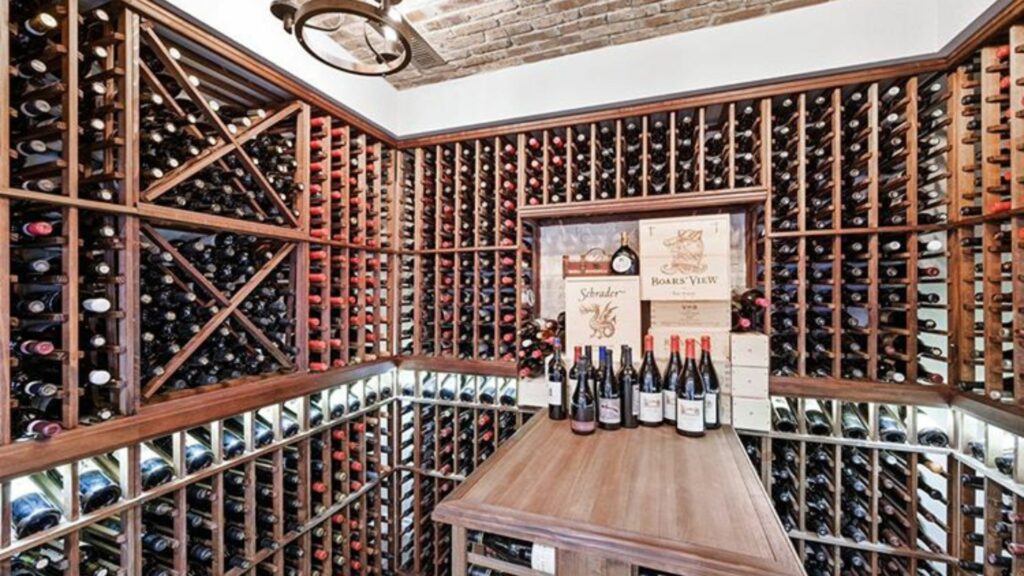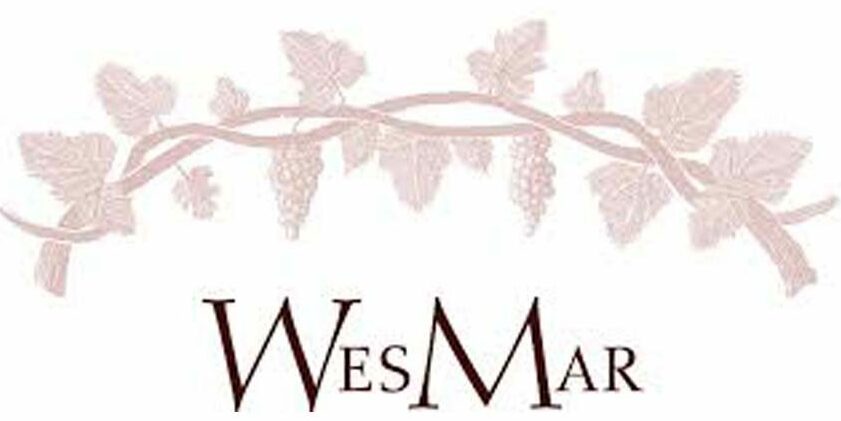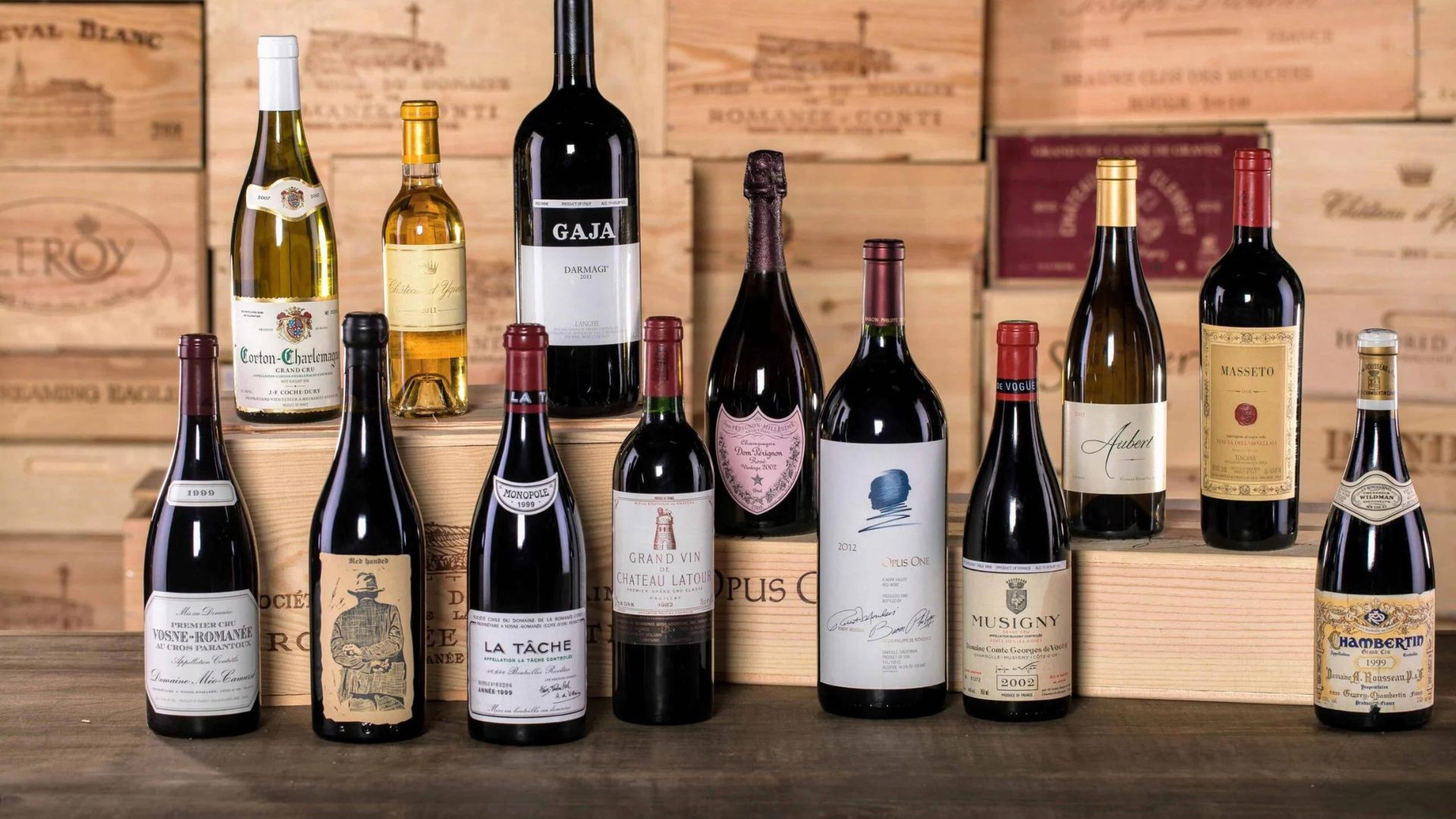Building a well-rounded wine collection is an enjoyable journey that can enhance your appreciation of different wines and provide you with a variety of options for any occasion. Whether you’re a seasoned wine enthusiast or just starting, knowing the best practices for selecting, storing, and also organizing your wines will help you create a collection that you’ll be proud to share. Let’s explore these practices to help you build a wine collection that’s diverse, balanced, and ready to impress.

Selecting Diverse Wines to Build a Well-Rounded Wine Collection
1. Understand Your Preferences
To begin with, before you start building a well-rounded wine collection, it’s important to understand your preferences. Do you enjoy red wines more than white? Are you a fan of dry or sweet wines? Knowing what you like will help you choose wines that you will enjoy drinking.
2. Explore Different Regions
Wine is produced in many regions around the world, each with its unique characteristics. Include wines from various regions such as France, Italy, Spain, the United States, and Australia. This diversity will add depth and also variety to your collection.
3. Include Various Types
A well-rounded collection should have a mix of red, white, sparkling, and dessert wines. Moreover, this ensures you have the right wine for any meal or occasion. Don’t forget to include some rosé and also fortified wines like Port and Sherry.
4. Balance Between Ready-to-Drink and Age-Worthy Wines
While it’s nice to have wines that can be enjoyed immediately, also, consider investing in some bottles that will improve with age. Age-worthy wines can develop more complex flavors over time and also add value to your collection.
5. Try New Varietals
Don’t stick to just your favorite varietals. Experiment with different grape varieties to expand your palate. Furthermore, try lesser-known varietals like Viognier, Grenache, or Tempranillo.
Storing Your Wine Properly
6. Control Temperature
Wine should be stored at a consistent temperature, ideally between 45-65°F (7-18°C). Avoid extreme temperatures as they can damage the wine. Also, a wine fridge is a good investment if you don’t have a cool, dark place in your home.
7. Maintain Humidity
Humidity levels should be around 70% to keep the corks from drying out and letting air into the bottles. Too much humidity, though, can cause mold. Therefore, a hygrometer can help you monitor humidity levels.
8. Store Bottles Horizontally
Storing wine bottles on their side keeps the cork moist, which is crucial for long-term storage. Dry corks can let air into the bottle, spoiling the wine.
9. Avoid Light and Vibrations
Light, especially UV light, can degrade wine over time. Keep your wine in a dark place or use UV-protected glass if your collection is displayed. Also, avoid storing wine in areas with frequent vibrations, as they can disturb the sediments in the wine.
10. Consider a Wine Cellar
If you’re serious about your wine collection, consider building a wine cellar. This offers the best conditions for long-term storage. For smaller collections, a wine fridge or wine rack in a cool, dark place can suffice.
Organizing Your Collection
11. Categorize by Type and Region
Organize your wines by type (red, white, sparkling) and region (Bordeaux, Napa Valley, Tuscany). Moreover, this makes it easier to find the right wine for any occasion and also helps you see the diversity in your collection.
12. Label Your Wines
Labeling your wine shelves or racks with the type and also region can help you quickly locate a specific bottle. You can also use tags or a simple labeling system.
13. Keep an Inventory
Maintain an inventory to build a well-rounded wine collection, either digitally or in a physical notebook. Include details like the name, vintage, region, purchase date, and also ideal drinking window. Furthermore, this helps you keep track of what you have and ensures you don’t forget about any bottles.
14. Rotate Your Stock
Regularly check your inventory and also rotate your wines to ensure that older bottles are consumed first. Moreover, this prevents any wines from being forgotten and spoiling over time.
15. Separate Everyday Wines from Special Bottles
Keep everyday drinking wines in a convenient location, separate from your more expensive or age-worthy bottles. Therefore, this prevents accidental consumption of a bottle you were saving for a special occasion.
Buying and Expanding Your Collection
16. Buy from Reputable Sources
Purchase your wines from trusted wine shops, online retailers, or directly from wineries. This ensures the quality and authenticity of the wines.
17. Attend Wine Tastings and Events
Wine tastings and events are excellent opportunities to try new wines and also meet other enthusiasts. Moreover, they can also provide you with insights and recommendations for expanding your collection.
Conclusion
In conclusion, creating a well-rounded wine collection is a rewarding endeavor that offers endless enjoyment and discovery. By selecting diverse wines, storing them properly, and keeping your collection organized, you’ll be well on your way to becoming a knowledgeable and also confident wine enthusiast. Remember, the journey is just as important as the destination. Cheers to building a wine collection that brings joy and delight to your life!

